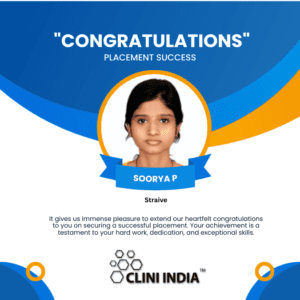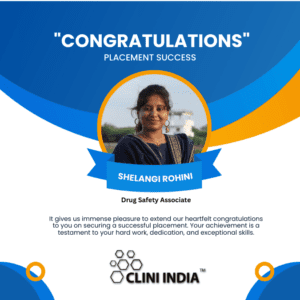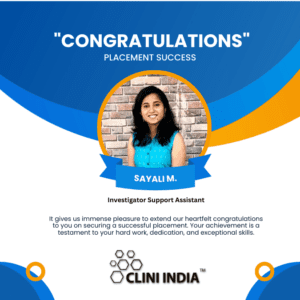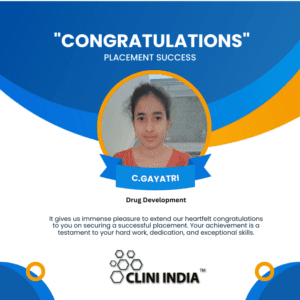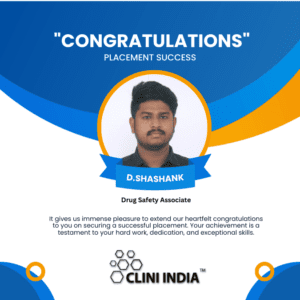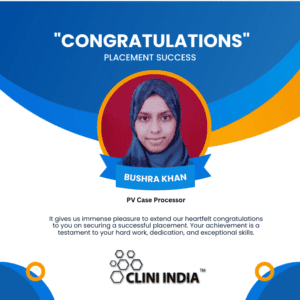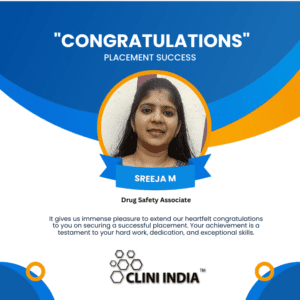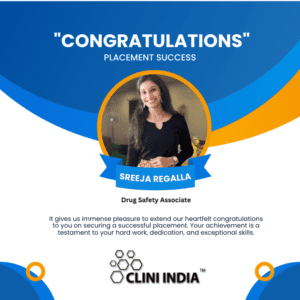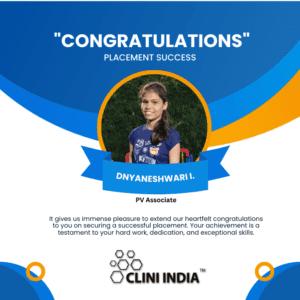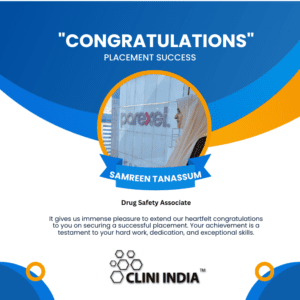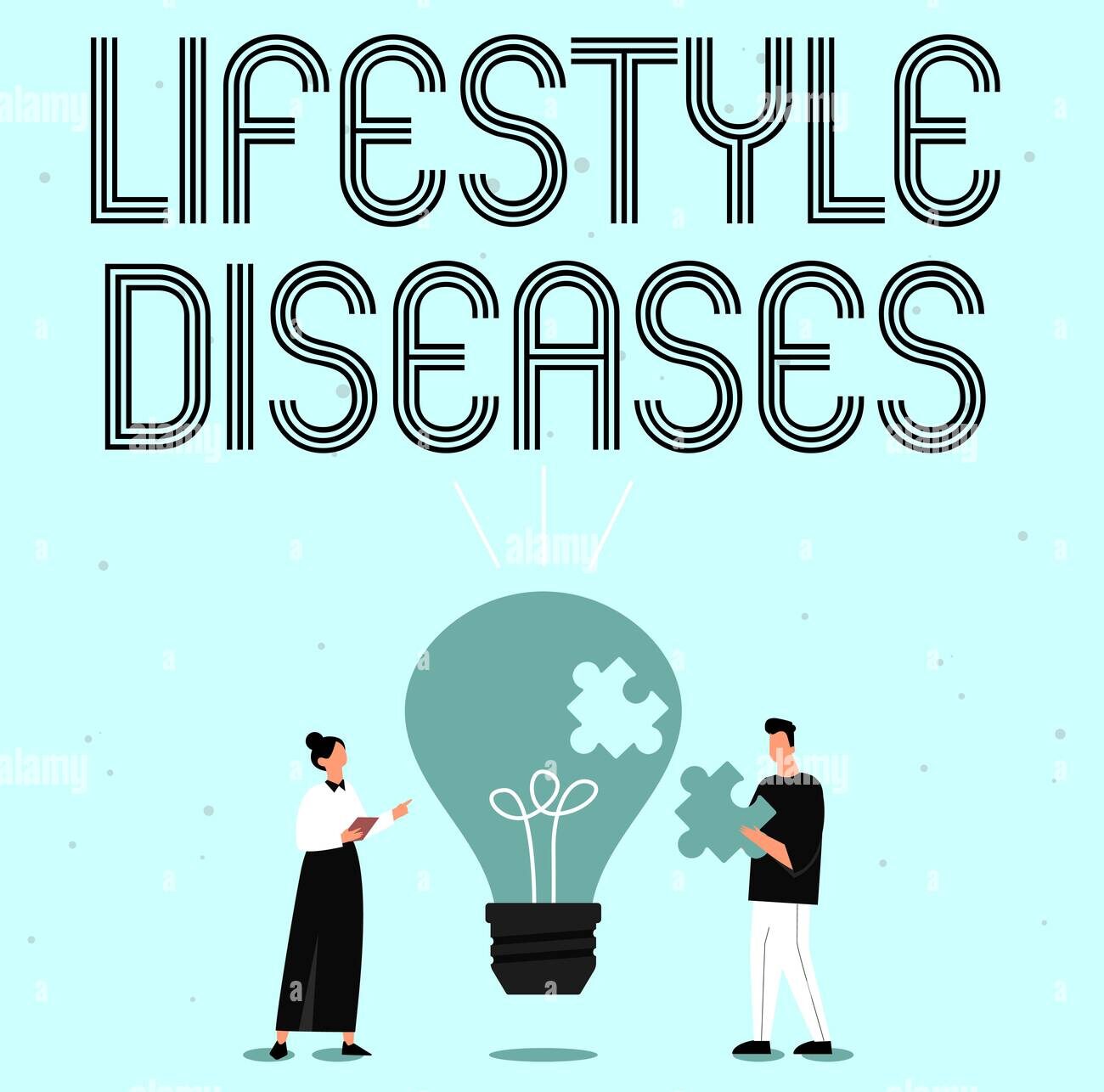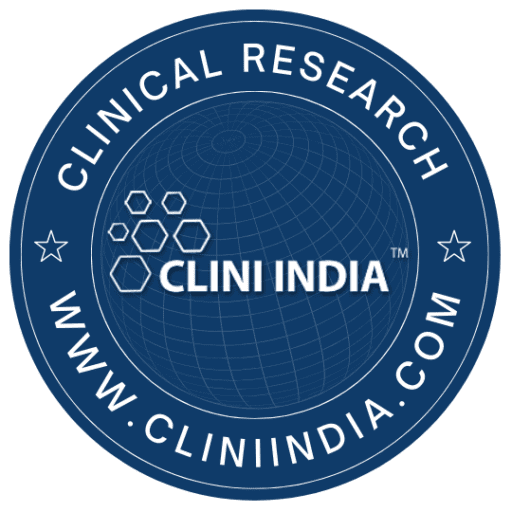
Narrative Writing in Pharmacovigilance: A Crucial Skill for Drug Safety
Pharmacovigilance plays a critical role in ensuring drug safety and protecting public health. One of the key aspects of pharmacovigilance is narrative writing, which involves documenting adverse drug reactions (ADRs) and other safety-related events in a structured yet comprehensive manner. These narratives provide a clear, concise, and medically relevant summary of individual case safety reports (ICSRs), aiding regulatory authorities, healthcare professionals, and pharmaceutical companies in assessing drug-related risks.
📢 Narrative Writing in Pharmacovigilance: A Crucial Skill for Drug Safety! ✍️💊
Effective narrative writing is essential in Pharmacovigilance to ensure accurate and clear documentation of adverse drug reactions (ADRs) and case reports. Mastering this skill enhances regulatory compliance, drug safety assessments, and patient care.
📌 Why is Narrative Writing Important?
✅ Ensures precise & structured case reporting
✅ Supports regulatory submissions & compliance
✅ Enhances risk assessment & patient safety
Importance of Narrative Writing in Pharmacovigilance
Narrative writing is essential in pharmacovigilance for multiple reasons:
- Regulatory Compliance: Regulatory authorities such as the FDA, EMA, and CDSCO require well-structured narratives in ICSRs to evaluate drug safety.
- Clinical Relevance: A well-written narrative provides a complete picture of the adverse event, patient history, and potential drug interactions.
- Risk Assessment: Narratives help pharmacovigilance professionals assess causality, severity, and clinical significance of ADRs.
- Medical Decision-Making: Clinicians rely on clear narratives to understand safety concerns and modify treatment plans accordingly.
Components of a Good Narrative
A well-structured pharmacovigilance narrative should include the following elements:
- Patient Information: Age, gender, medical history, concomitant medications.
- Suspect Drug Details: Name, dosage, route of administration, indication, treatment duration.
- Adverse Event Description: Onset, severity, progression, resolution, and any medical intervention.
- Clinical Course and Outcome: Timeline of the event, test results, rechallenge/dechallenge information.
- Causality Assessment: Relationship between the drug and adverse event, as per standard causality algorithms (e.g., WHO-UMC, Naranjo scale).
- Source of Report: Reporter details (physician, patient, literature source) and case reference number.
Best Practices for Narrative Writing
To ensure clarity, accuracy, and regulatory compliance, follow these best practices:
- Use Clear and Concise Language: Avoid unnecessary jargon and ambiguous phrases.
- Follow a Logical Flow: Present information chronologically and systematically.
- Maintain Objectivity: Provide factual details without assumptions or subjective interpretations.
- Ensure Consistency: Align with company-specific templates and regulatory guidelines.
- Perform Quality Checks: Review narratives for completeness, coherence, and compliance before submission.
Narrative writing in pharmacovigilance is a fundamental skill that contributes to drug safety monitoring and regulatory decision-making. A well-written narrative enhances the understanding of ADRs, facilitates risk assessment, and ensures compliance with regulatory standards. By following best practices, pharmacovigilance professionals can produce high-quality narratives that support effective drug safety surveillance and patient care. 🔹 Upgrade your pharmacovigilance expertise today!





